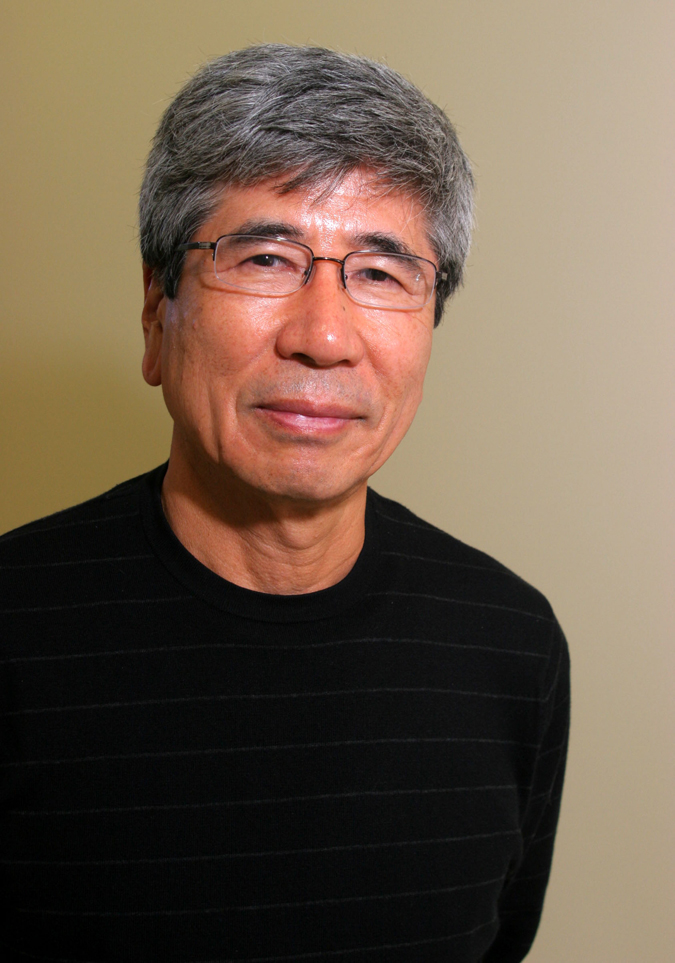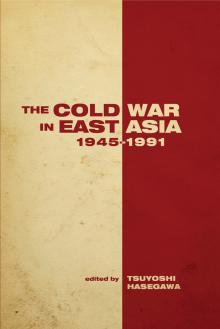

While the Cold War has most commonly been associated with Europe –– think the former Soviet Union –– and the United States, East Asia has served as what scholars refer to as a critical second front.
A new book edited by Tsuyoshi Hasegawa, professor of history at UC Santa Barbara, examines how interactions between six powers –– the United States, the Soviet Union, China, Japan, and North and South Korea –– forged conditions that were quite distinct from the Cold War in Europe. In "The Cold War in East Asia –– 1945-1991" (Woodrow Wilson Press, Stanford University Press, 2011), Hasegawa also explores how the Cold War in East Asia influenced the shape of a third front in the developing world.
Contributors to the book include the foremost scholars on Cold War history, and draw upon a wide array of newly available archival information in many languages, with particular strength in the use of Russian and Chinese archival material.
"We don't claim the Cold War in East Asia is the most important aspect of the Cold War in general," said Hasegawa, who also is co-founder and former director of UCSB's Center for Cold War Studies. "It's the second front, but it has tremendous impact on the first."
According to Hasegawa, three main factors separate the Cold War in East Asia from that in Europe. Among them are the role of China, which eventually became the third component between the Soviet Union and the United States; decolonization; and the fact that although East Asia is the second front in the Cold War, it is the area of the world in which "hot wars" such as those in Korea and Vietnam took place.
"Neither superpower –– the United States nor the Soviet Union –– could afford to have a major military confrontation in the first front," Hasegawa said. "But they could afford to have confrontations in the second front –– in East Asia." He noted that the U.S., Soviet Union, and China were involved in the dynamics of the Korean War. The same was true for the war in Vietnam. "Again, it was a function of China, the U.S., and the Soviet Union involving themselves in the conflict."
While the Cold War in Europe ended in 1989 with the fall of the Berlin Wall and the eventual collapse of the Soviet Union in 1991, it is difficult to determine whether the Cold War has drawn to a close in East Asia, and, if so, exactly when it happened. "China, North Korea, and Vietnam still have communist regimes," Hasegawa noted. "So we don't know when the Cold War in East Asia ended. Maybe it hasn't."
And without an identifiable conclusion, the area moved into the post-Cold War period. "In a sense, we still carry the legacies of the Cold War," said Hasegawa. "North Korea still has nuclear issues. There's conflict in Indochina. And Russia and Japan have not settled their territorial dispute over what the Japanese call the Northern Islands. Those things are legacies."
Hasegawa's book came out of three academic conferences at the Center for Cold War Studies between 2005 and 2007 that focused on the Cold War in East Asia from 1945 to 1991. It is distinct from similar publications because it is inclusive of the entire region. Korea figures prominently, including the factors that led North and South Korea along their divergent courses, and how Japan navigated through the Cold War. "There are a lot of monographs devoted to specific aspects of East Asia, but no single book has synthesized them into one publication," Hasegawa said.
Related Links



